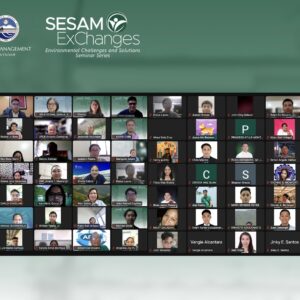Documentation and Evaluation Project Holds Capacity Building Initiatives for Disaster Preparedness Workshop
The School of Environmental Science and Management conducted a Capacity Building Initiatives for Disaster Preparedness Workshop last June 28, 2016 at the SEARCA Residence Hotel, UP Los Baños, Laguna, Philippines. The workshop was intended to present the results of the World Food Programme funded project, “Documentation and Evaluation of Disaster Preparedness and Response Projects of the Ten Selected Municipalities in Four Provinces: Cagayan, Benguet, Laguna, and Sorsogon,” implemented by researchers from the School of Environmental Science and Management-UP Los Baños (SESAM-UPLB).
The project partners and Municipal Disaster Risk Reduction and Management Officers (MDRRMOs) from Benguet, Ms. Emma Eliw of Kibungan, Mr. Erick Abangley of Kapangan, and Mr. Abner Lawangen of Tublay, attended the event together with the MDRRMOs from Laguna province such as Los Baños, Bay, Calauan, San Pablo, Victoria, and Famy. UPLB Researchers and students were also present in the workshop. The event provided an opportunity to exchange ideas and experiences in Disaster Preparedness and Response (DPR) in their locality.
Dr. Leonardo Florece, former dean of SESAM, graced the workshop and pointed out the importance of partnering academe and international agencies with local government units (LGUs) in providing assistance to communicate science-based information to build safer, adaptive, and disaster resilient Filipino communities.
DRRM representatives from Benguet presented their disaster management projects and challenges experienced under the second phase of the UN World Food Programme-Disaster Preparedness and Response Programme (UN WFP-DPR), which were implemented from 2012 to 2013. Their projects mainly involved capacity building trainings such as GIS hazard mapping, contingency plans, community based emergency protocol, and search and rescue operations for municipal and barangay emergency response teams.
Mr. Lawangen, MDRRMO of Tublay, specifically mentioned that low attendance and participation levels of the locals were the most challenging parts during the project implementation aside from the low awareness on the disaster risks. Far locations of houses from the municipal hall added to these challenges, where they used to conduct trainings. He further shared that community involvement can be improved by being sensitive to local situations and their regular activities like the number of family members and planting and harvest seasons.
“With our mountainous location, sometimes it takes two to three days for our constituents to travel and attend workshops in our Municipal Hall”, Mr. Lawangen said. Due to this situation, visiting barangays to conduct disaster management activities is far more effective way to motivate community’s attendance and participation. Recruiting of local trainers coming from barangays is also recommended to establish good rapport with the residents.
On the other hand, the project leader, Mr. Thaddeus Lawas and project staff, Ms. Alma Lorelei Abejero from SESAM discussed DPR projects of Sorsogon and Laguna under the Phase 2 WFP-DPR programme. MDRRMOs from the two regions were unable to attend the workshop due to the first tropical cyclone in the Philippines for this year, Tropical Depression Ambo.
The workshop further had enriching discussions on the economic valuation, which was a part of the project results. Economic valuation was conducted whether to find out the disaster preparedness and response projects had economic impacts in the project areas. Mr. Nico Anastacio, an economic consultant and University Researcher at the College of Public Affairs and Development-UPLB, discussed that with WFP’s financial support, LGU partners from Benguet, Sorsogon, Cagayan, and Laguna were able to save significant amount of local resources. His discussion dealt with several topics showing the avoided costs, for instance, direct value of funding assistance provided by WFP, avoided casualties, engineering cost reduction, and avoided cost for relief operations.
For avoided casualties, as he mentioned, the community with enhanced awareness and capacity building projects on disaster risks could now reduce the number of casualties by at least 10 percent (Php 180,000 in monetary value). He further added that the community could utilize the saved costs in financing other development projects of the local community or in future disaster reduction-related trainings.
Ms. Minji Na, a research assistant of the project team, presented the results of the household survey on the locals’ preference regarding the information, education, and communication (IEC) materials, such as radio plugs, interactive CD, mobile app, and one-liner stickers. The most preferred IEC material in four provinces was a radio plug. Interactive CD and mobile app were also demonstrated to the workshop participants, which are expected to be used by elementary and high school students.
At the end of the workshop, project partners were awarded with the best practices under the four categories based on the evaluation of the data results gathered from focus group discussion, household survey, and key informant interviews.
Municipality of Sta. Teresita-Cagayan was awarded with the Best in Governance, Kapangan-Benguet with Best in Education and Knowledge, and Juban-Sorsogon with Best in Disaster Preparedness and Response. The over-all winner for the Best in Disaster Risk Reduction and Management was given to the municipality of Tublay-Benguet with their recognized effort and efficient DRRM projects such as Incident Command System, which includes emergency communication protocol and alert systems.
Because of the positive impacts discussed by the project partners, many of the invited guests and LGUs expressed their interest in collaborating with UN WFP and academe partners like UPLB in conducting disaster risk management trainings and evaluation of their DRR projects.
About 50 attended the event that served as a concluding workshop of the seven-month-long project. The project is led by Mr. Lawas and the project team of Ms. Abejero, Ms. Na, Mr. Simplicio Veluz and Ms. Ailynn Gonzales. (Minji Na)







